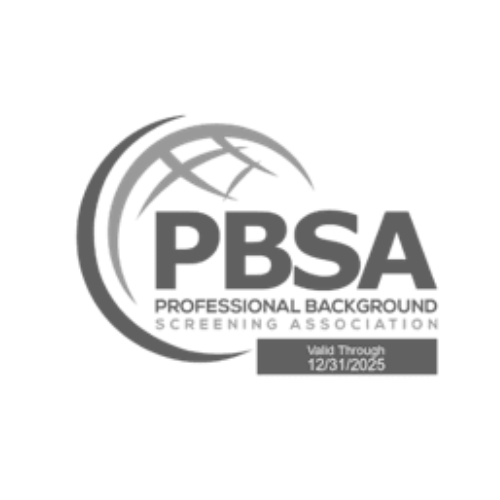You’ve hired carefully. The resume checks out. References are solid. Background verification clears the candidate.
Then, weeks into onboarding, something unexpected turns up: the person is listed on a global sanctions database.
This doesn’t happen often. But when it does, it changes the conversation entirely — from hiring efficiency to exposure and liability. At that point, it’s not just about the individual. It becomes about scope, assumptions, and whether the hiring process is actually built to catch what matters.
This isn’t about someone missing a step. It’s a gap in what was included in the check — a gap many teams don’t realise is there until they’re already managing the consequences.
The Missed Risk Isn’t in Execution, It’s in What Wasn’t Checked
Most HR teams trust their verification partners to cover what counts. In most cases, the essentials are covered: identity, education, employment history, and references.
But that’s not the whole picture. Sanctions screening, politically exposed person (PEP) checks, and adverse media scans are not typically included in standard screening packages. Unless they’re specifically scoped in, they’re left out.
These checks don’t look for fabricated claims. They flag live risk: reputational, legal, and regulatory and identify issues a candidate is unlikely to disclose, and that a reference or resume won’t reveal.
The Roles Where Scope Has to Be Wider
Not every role justifies extended screening. But for some, missing this layer creates a level of exposure that is easy to overlook and hard to fix.
These include roles involving:
- Access to payment systems or financial decision-making
- Responsibility for external vendors or contractors
- Client-facing positions in regulated industries
- Cross-border activities or global team management
- Senior-level authority or public visibility
These aren’t rare positions. They’re part of everyday hiring in organisations operating across markets, supply chains, and regions. And they carry expectations from regulators, stakeholders, and customers that go beyond internal checks.
What Follows When These Issues Surface Late
In many cases, a sanctions flag doesn’t trigger fines or public scrutiny. But it does require immediate internal action.
What that often includes:
- Reviewing the hiring path, decision history, and screening scope
- Bringing in legal or compliance teams for assessment
- Making notifications if obligations to regulators or partners apply
- Limiting or reassigning the individual’s responsibilities
- Managing reputational impact if the person is publicly linked to the organisation
Even when these situations are handled internally, they can slow teams down, absorb leadership attention, and lead to avoidable credibility concerns. And most could be prevented with clearer scope at the start.
How HR Teams Are Closing This Gap with Targeted Steps
This isn’t about doing more for every hire. It’s about making sure the process is aligned with the role’s actual exposure — and being clear on who owns that decision.
Here’s how experienced teams are addressing it:
1. Align Scope with Role Impact
Deeper checks aren’t needed for every position. But for higher-risk roles, sanctions and reputational screening should be standard. Start by identifying which positions fall into this category, often those tied to financial systems, regulatory contact, or brand risk.
2. Get Clarity on What’s Included
Many teams assume sanctions checks are covered by default. Often they’re not. Ask your verification provider for a full breakdown of what’s included, and where gaps may exist.
3. Introduce Critical Checks Before Offer Stage
Waiting until post-offer to screen for sanctions increases the chance of late-stage reversals. For high-risk roles, teams are starting these checks earlier at the shortlist or final interview, to allow time for proper review.
4. Define Who Owns Screening Decisions
In many organisations, scope decisions are unclear. That leads to inconsistent checks. Assigning ownership — whether to HR, compliance, or a defined function, ensures that what gets checked matches what the role demands.
5. Prepare for Reputational Flags
Not all issues are disqualifying. But some carry weight that requires discussion, especially in leadership hires. Many teams are creating internal response plans for adverse media or PEP results, so they can handle outcomes consistently and with context.
This Isn’t About Adding More Checks, It’s About Adding the Right Ones
When a sanctions listing appears after the fact, it’s rarely because something was missed. It’s because the check was never included.
And that’s the core issue: a standard background check may verify the facts, but it doesn’t always protect the decision. Where there’s real exposure, financial, regulatory, reputational, the process needs to include risk checks that reflect that.
Sanctions screening doesn’t need to be universal. But for the roles where it matters, it can’t be optional.
AMS Inform works with HR teams to structure screening scopes that match risk — not to expand process volume, but to ensure the right checks are in place where they’re needed most. Contact us today.
















